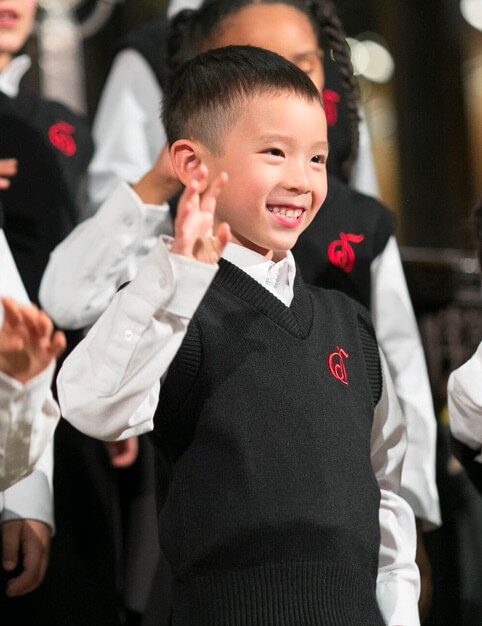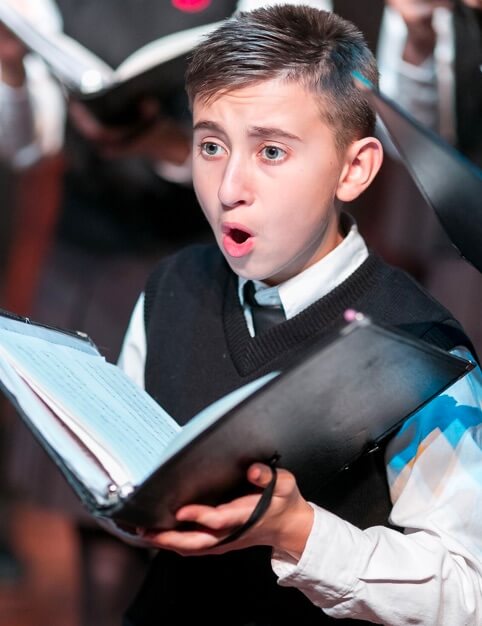Our Unique Methodology
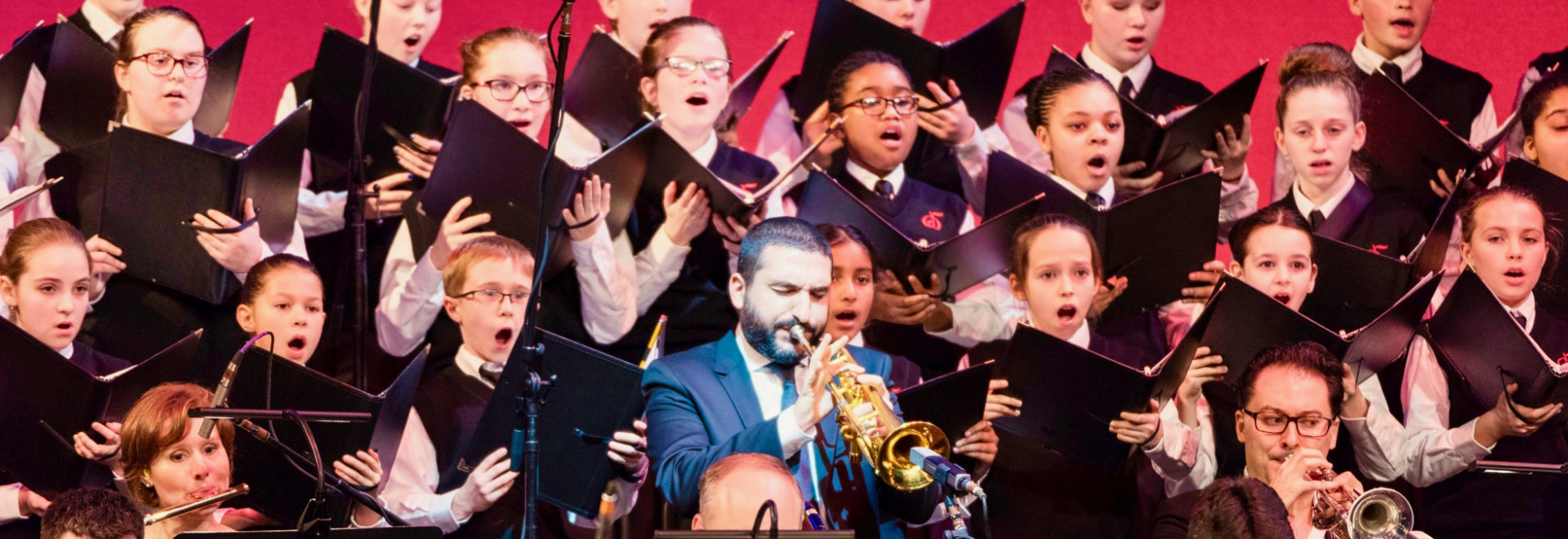
The National Children's Chorus offers world-class music education to America's youth with a variety of programs for students as young as five through the college level through the NCC Online Conservatory in addition to local chapters in Los Angeles, New York, Washington, D.C., San Francisco, Austin, Dallas, Boston and Chicago.
Junior Division
Senior Division
Special Studies
The National Children’s Chorus proudly offers advanced specialized training in the following unique programs with college-level instructors: Conducting Fellows, Vocal Studio, Composition Workshop, and the Alexander Technique.
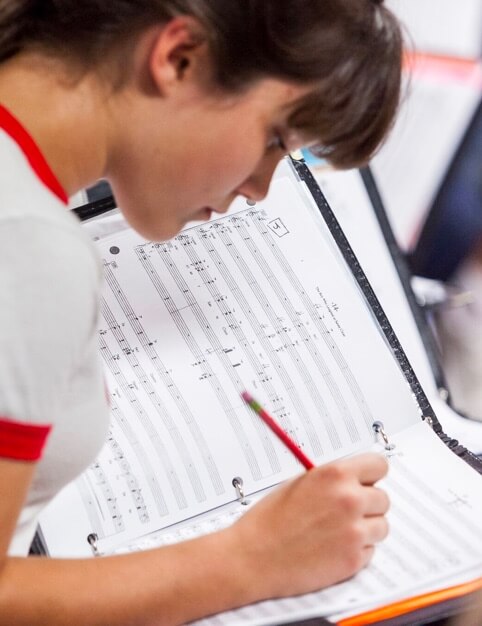
The Kodály Method
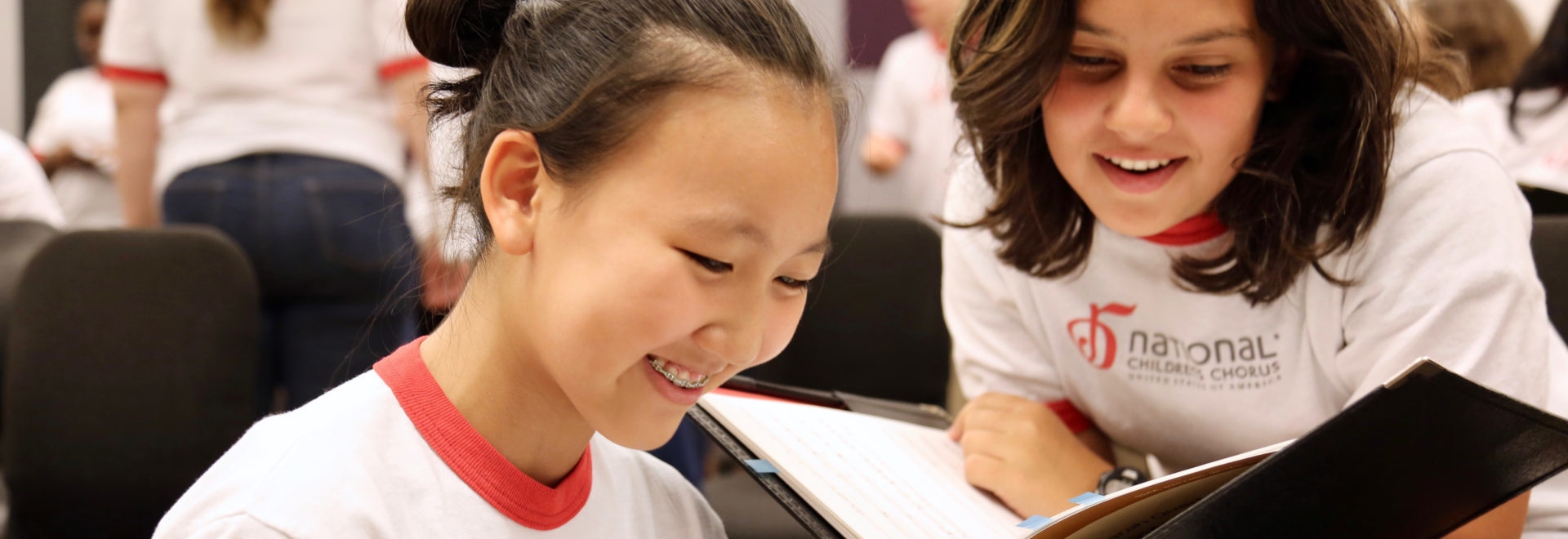
Unlike playing a piano, where one may read notes on the page and play the corresponding keys, sight-singing demands that a person find the pitches as a result of knowing where they are in the mind, and then replicating them in the voice. Being able to perform this skill with ease and confidence is a sign of musical excellence that is a prerequisite for the highest levels of achievement.
The Kodály Method, invented and developed by Hungarian composer Zoltán Kodály, is highly structured and sequenced, with well-defined skill and concept hierarchies in every element of music. These sequences are closely related to child development and the way in which young children progress naturally in music. As a child grows physically, socially, emotionally, aesthetically and intellectually, he or she is also led to develop musically in the acquisition of increasingly complex skills and more involved concepts.
Some of the tools used at the NCC from the Kodály Method to achieve musical literacy and sight singing are solfége (Do, Re, Mi, Fa, Sol, La, Ti, Do), Curwin hand signs, rhythmic syllables and a movable “Do” system. It is the relationship between the syllables that trains the ear so that in-tune singing, along with accurate sight singing, occurs.
By using those tools infused with traditional music reading, students of the NCC begin with the simple, and sequentially move to the more complex, always building on the foundations laid in the beginning. Like all skills, practice makes perfect. Once a concept or skill is learned, it is practiced again and again so that it becomes second-nature. With each layer of mastered skills and concepts, the development and artistry of the student is heightened, and Zoltán Kodály’s philosophy is seen in action.
If you would like to know more about the Kodály Method, please visit the Organization of American Kodály Educators website.
